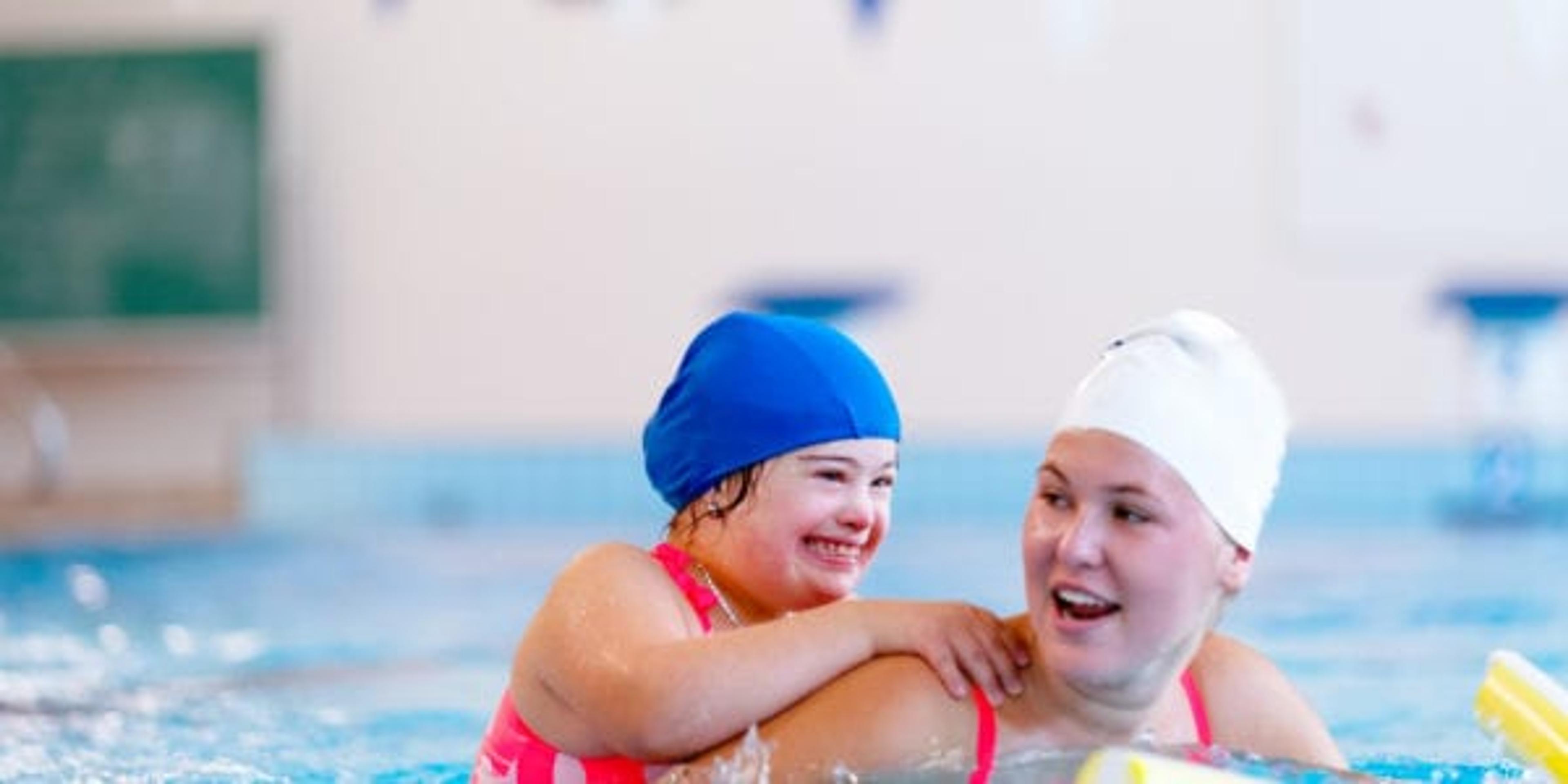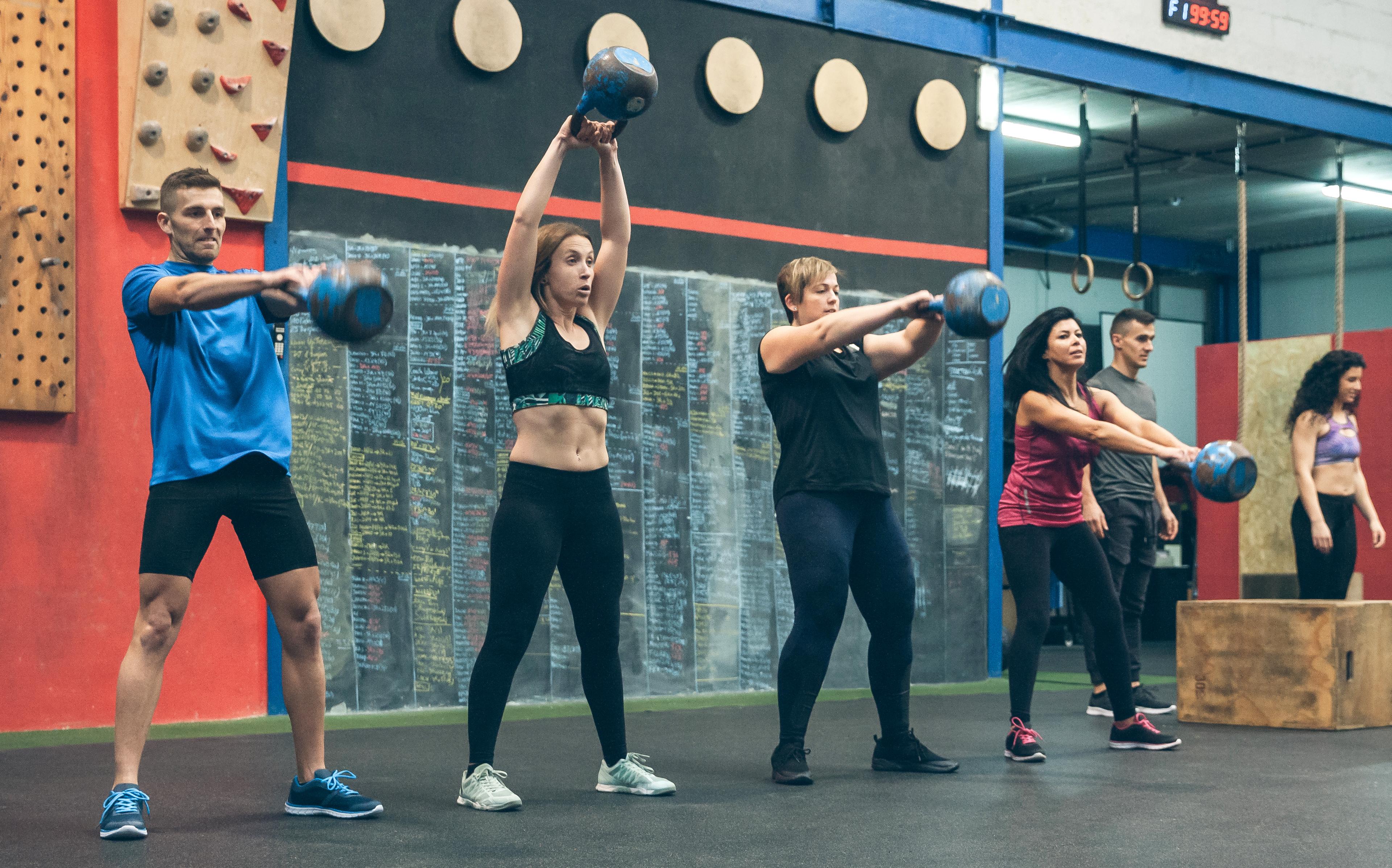4 Reasons Swimming is Such Great Exercise
Shandra Martinez
| 3 min read

Here in Michigan, we are surrounded by water. We stroll along Great Lakes beaches, boat or paddle in inland lakes and love to float in backyard pools. But how often are we really swimming? Many of us learned to swim as children or maybe in our school’s survival swim class.
But did you know that when it comes to activities that are good for your body and your mind, swimming ranks right up there. It’s an excellent physical exercise, working all the major muscle groups. It is also a solid cardiovascular workout and a calorie-burning sport. An average person will burn 430 to 575 calories per hour in the pool, depending on their speed and choice of stroke. According to an article published by Harvard Medical School, recreational swimming burns about the same amount of calories as another nearly-perfect form of exercise: brisk walking.
Swimming’s biggest benefit as an exercise might be just how low-impact it is on your joints, your knees and the rest of your body. While you’re swimming, the water creates a natural resistance. This allows you to get a good workout, but greatly lowers any chance of injury. Because people are buoyant in water, it takes stress off your joints. This makes it a good choice for people who are overweight, or have ankle, knee or hip issues. Here are more reasons swimming should be on your list of go-to exercises:
You can pick your favorite strokes. With no gym teacher standing at the pool’s edge, you can choose which strokes you want to build into your workout. Many people find freestyle, also called the crawl stroke, to be the most basic and effective stroke for exercise. Others gravitate toward the backstroke, while some swimmers prefer the core workout that comes with the butterfly and breaststroke. Any of them will get your heart pumping and tone your muscles, so pick the ones you like the best.
It’s like meditating in the water. Lap swimming has the added benefit of being an almost meditative form of exercise. Some people find they can block out most of their thoughts and focus solely on their strokes, how their arms are pulling and reaching, how their feet are kicking, and how their breathing aligns with what their bodies are doing.
Laps aren’t essential. Some swimmers find doing laps in a pool to be the quickest, most efficient way to work out in the water. But it’s not the only way. You can jog or walk the length of a lap lane. Most health clubs or public pools offer kickboards, weight belts or resistance bands to increase the intensity of a workout.
Take a class or swim solo. Swimming as exercise can be as social or as much of a solo experience as you want. A lot of pools offer aquatic workout classes that focus on everything from in-water cardio to low-impact stretching and moves to increase flexibility. These can be a fun way to get used to a water workout. For people who prefer to swim in open water without a lot of company, find a local lake that has a marked, designated swimming area. Early mornings or evenings are typically the most uncrowded times to swim.
Related:
Photo credit: Getty Images





